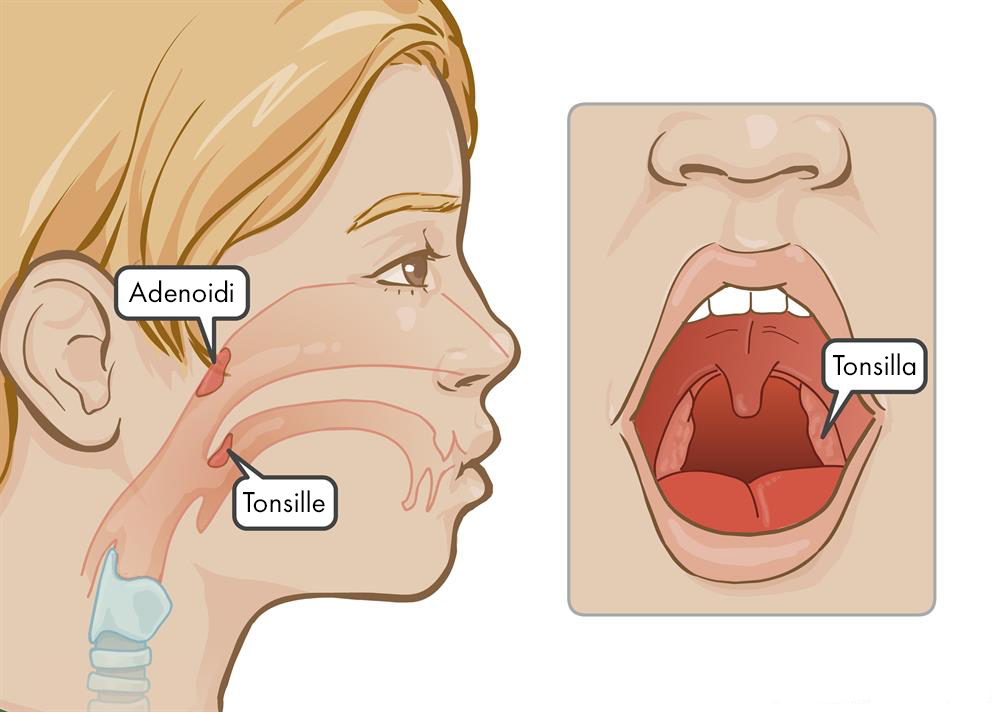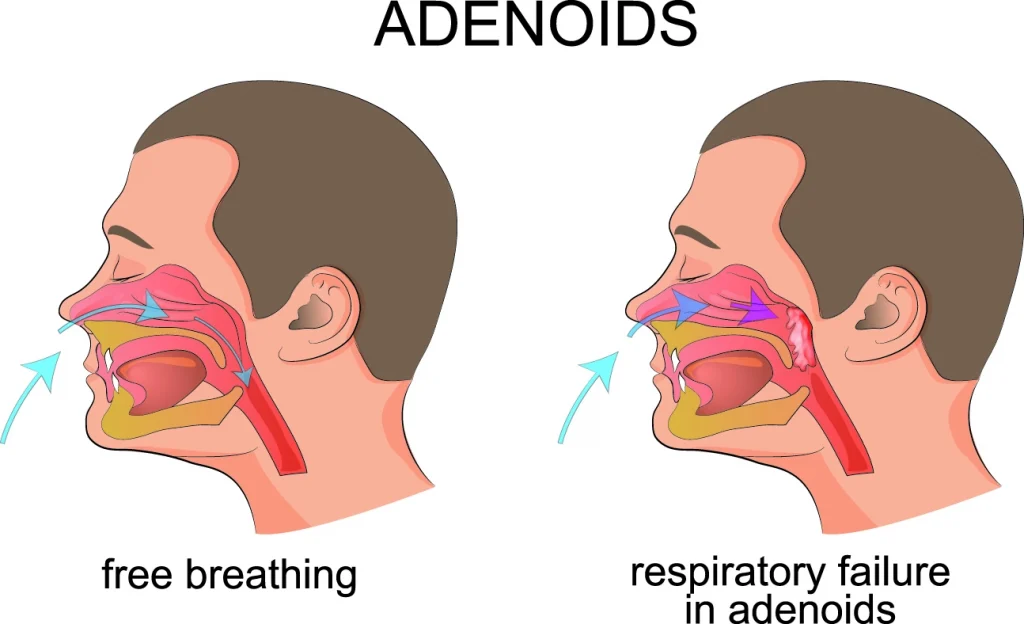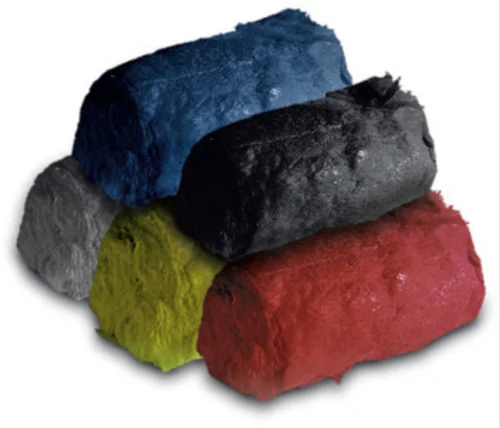Adenoidid: Complete Guide to Causes, Symptoms, Diagnosis, and Treatment
Adenoidid refers to inflammation of the adenoid tissue located at the back of the nasal passage. This tissue forms part of the immune system and is active in filtering pathogens. The condition primarily affects children but can rarely occur in adults. When inflamed, the adenoids obstruct airflow, impair hearing, and trigger recurrent infections. Understanding adenoidid is essential for timely diagnosis and effective management.

Anatomy and Function of Adenoids:
-
Location: Upper airway behind the nasal cavity.
-
Composition: Lymphoid tissue similar to tonsils.
-
Function: Traps bacteria and viruses entering through the nose.
-
Growth Pattern: Prominent in children aged 2–7; shrinks after puberty.
Enlarged or infected adenoids disrupt breathing and ear drainage. This interference explains the strong link between adenoidid and chronic ear infections in children.
Causes of Adenoidid:
Infectious Agents:
-
Viral triggers: Adenovirus, influenza, RSV.
-
Bacterial triggers: Streptococcus pyogenes, Haemophilus influenzae, Moraxella catarrhalis.
Non-Infectious Factors:
-
Allergic rhinitis: Constant swelling of mucosa.
-
Reflux disease: Acid exposure damaging nasopharyngeal tissue.
-
Environmental exposure: Pollution, passive smoke, overcrowded daycare centers.
Symptoms of Adenoidid:
-
Persistent nasal blockage
-
Mouth breathing and snoring
-
Sleep disturbances and apnea episodes
-
Recurrent ear infections and fluid buildup
-
Nasal-sounding voice
-
Sore throat and halitosis
-
Facial pressure and recurrent headaches
Complications if Untreated:
-
Ear complications: Otitis media, hearing loss.
-
Airway issues: Sleep apnea, pulmonary strain.
-
Facial development: Long face syndrome, malocclusion.
-
General health: Chronic fatigue, poor school performance, slowed growth.
Diagnosis of Adenoidid:
Clinical Evaluation:
-
Review of history and symptoms.
-
Physical exam for nasal speech, breathing pattern, and ear fluid.
Diagnostic Tools:
-
Nasopharyngoscopy: Endoscopic visualization of adenoids.
-
Radiography: Lateral neck X-ray for airway obstruction.
-
Imaging: CT or MRI if structural complications suspected.
Medical Management:
-
Supportive therapy: Saline washes, hydration, analgesics.
-
Antibiotics: Prescribed for bacterial infections.
-
Intranasal steroids: Reduce swelling in chronic cases.
-
Antihistamines: Relieve allergy-induced adenoid swelling.
-
Reflux control: Proton pump inhibitors and lifestyle changes.
Adenoidectomy: Surgical Management
Adenoidectomy is the most definitive treatment for recurrent or severe adenoidid.
Indications:
-
Chronic infections unresponsive to antibiotics.
-
Severe airway obstruction.
-
Recurrent otitis media with effusion.
Procedure:
-
Performed under general anesthesia.
-
Outpatient surgery with short recovery time.
-
Low complication risk.
Benefits:
-
Improved nasal airflow.
-
Reduced ear infections.
-
Restored sleep quality.
Adenoidid in Adults:
Although uncommon, adenoidid may occur in adults. Common factors include chronic irritation from reflux, pollution, or persistent infection. Adult adenoid hypertrophy requires detailed evaluation to rule out malignancy.
Epidemiology and Global Burden:
-
Most common in children under age 10.
-
Seasonal peaks occur during winter months.
-
Vaccination programs reduced bacterial-related adenoidid.
-
Prevalence is declining in developed countries but remains high in regions with poor healthcare access.
Prevention of Adenoidid:
-
Ensure vaccination against pneumococcal and H. influenzae.
-
Limit exposure to passive smoking.
-
Practice frequent hand hygiene in children.
-
Control allergies with prescribed medications.
-
Manage reflux with dietary changes and medical therapy.
Prognosis:
With proper treatment, prognosis is excellent. Children treated with antibiotics or adenoidectomy show long-term relief. Adults require further evaluation but also respond well to therapy.
Comparison Table: Acute vs. Chronic Adenoidid:
| Feature | Acute Adenoidid | Chronic Adenoidid |
|---|---|---|
| Duration | Days to 2 weeks | Weeks to months |
| Cause | Viral or bacterial infection | Repeated infections, allergies, reflux |
| Symptoms | Fever, nasal congestion, sore throat | Snoring, sleep apnea, chronic ear issues |
| Treatment | Supportive care, antibiotics | Surgery often required |
Key Facts List:
-
Adenoidid mainly affects children aged 2–12.
-
Viral and bacterial pathogens are the leading cause.
-
Adenoidectomy is the common surgical solution.
-
Chronic adenoidid may alter facial bone growth.
-
Adults rarely develop adenoidid, but malignancy must be excluded.
FAQs on Adenoidid:
Q1. What is adenoidid in simple terms?
Adenoidid is inflammation of the adenoids, a lymphoid tissue behind the nose.
Q2. Can adenoidid cause breathing problems?
Yes, enlarged adenoids block airflow, leading to snoring and sleep apnea.
Q3. How is adenoidid different from tonsillitis?
Adenoidid affects adenoids in the nasopharynx, while tonsillitis affects tonsils in the throat.
Q4. Do adults get adenoidid?
Rarely, but when present, it often indicates reflux irritation or possible tumor growth.
Q5. Can adenoidid resolve without surgery?
Yes, mild infections may resolve with medical therapy, but chronic cases often require adenoidectomy.
Q6. Does adenoidid affect ear health?
Yes, swollen adenoids block Eustachian tubes, causing ear infections and hearing loss.
Q7. What diet helps in adenoidid recovery?
Soft foods, adequate hydration, and reflux-friendly meals reduce irritation and aid recovery.
Q8. Can adenoidid return after adenoidectomy?
Rarely, small regrowth may occur but is usually not symptomatic.
Learn More: Mannacote: Complete Guide to Culinary, Agricultural, and Industrial Applications
Amazon: Comprehensive Analysis of the Global E-Commerce Powerhouse
Conclusion:
Adenoidid is a condition with significant impact on childhood health and development. Accurate diagnosis and timely intervention prevent long-term complications. Medical therapy benefits many, but surgery remains the gold standard for severe or recurrent cases. Prevention through vaccination, allergy control, and healthy lifestyle reduces disease burden.







